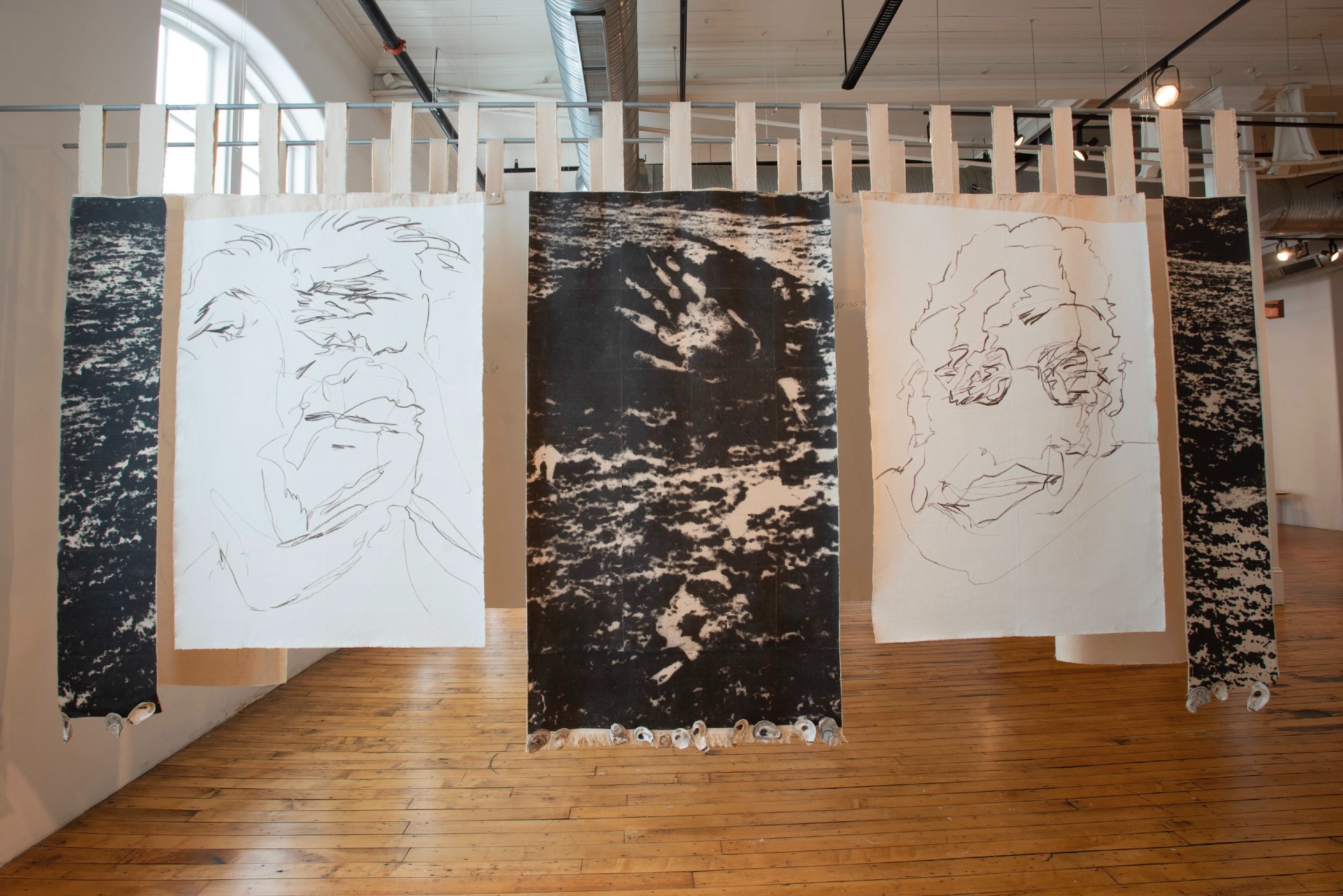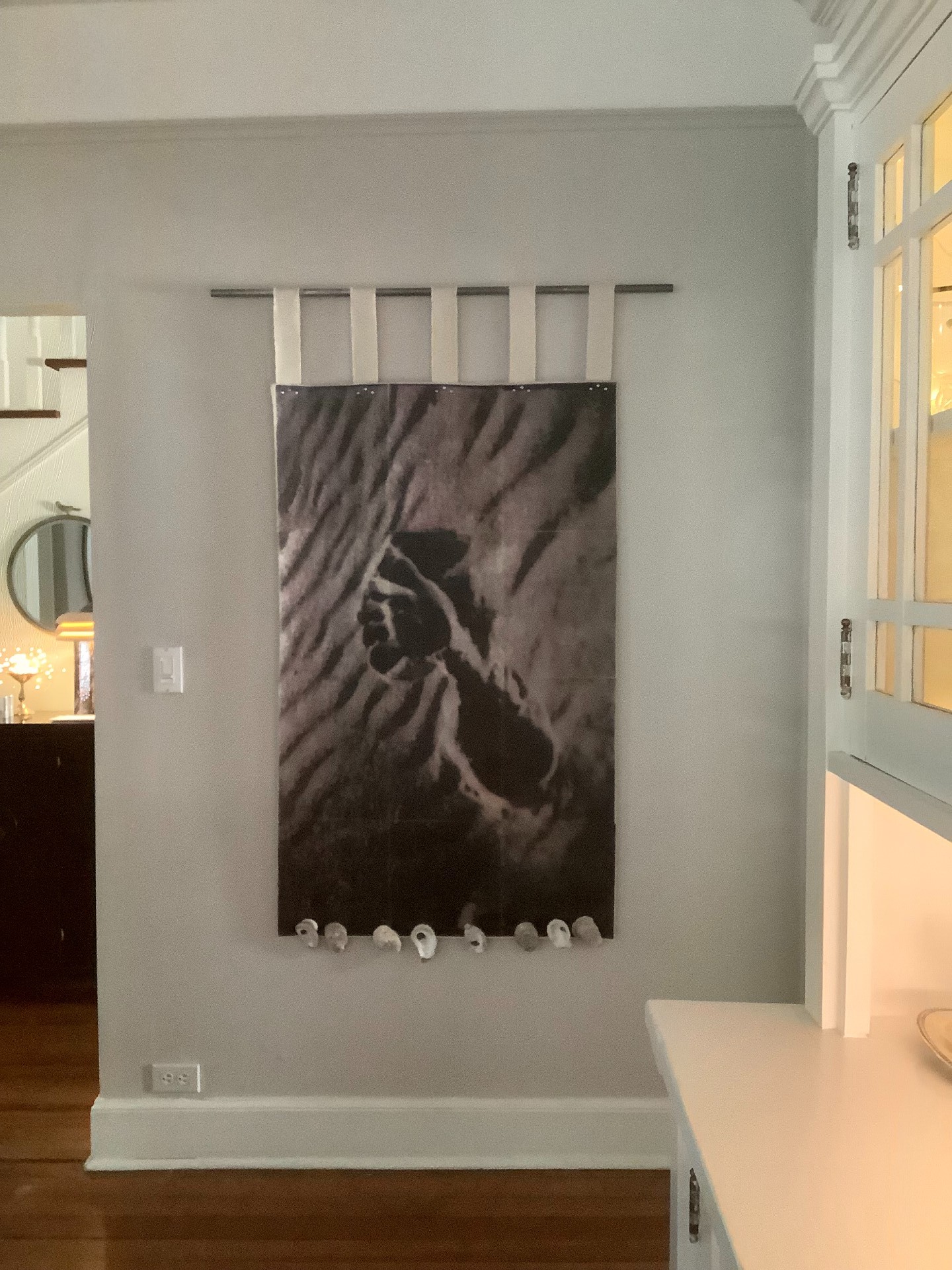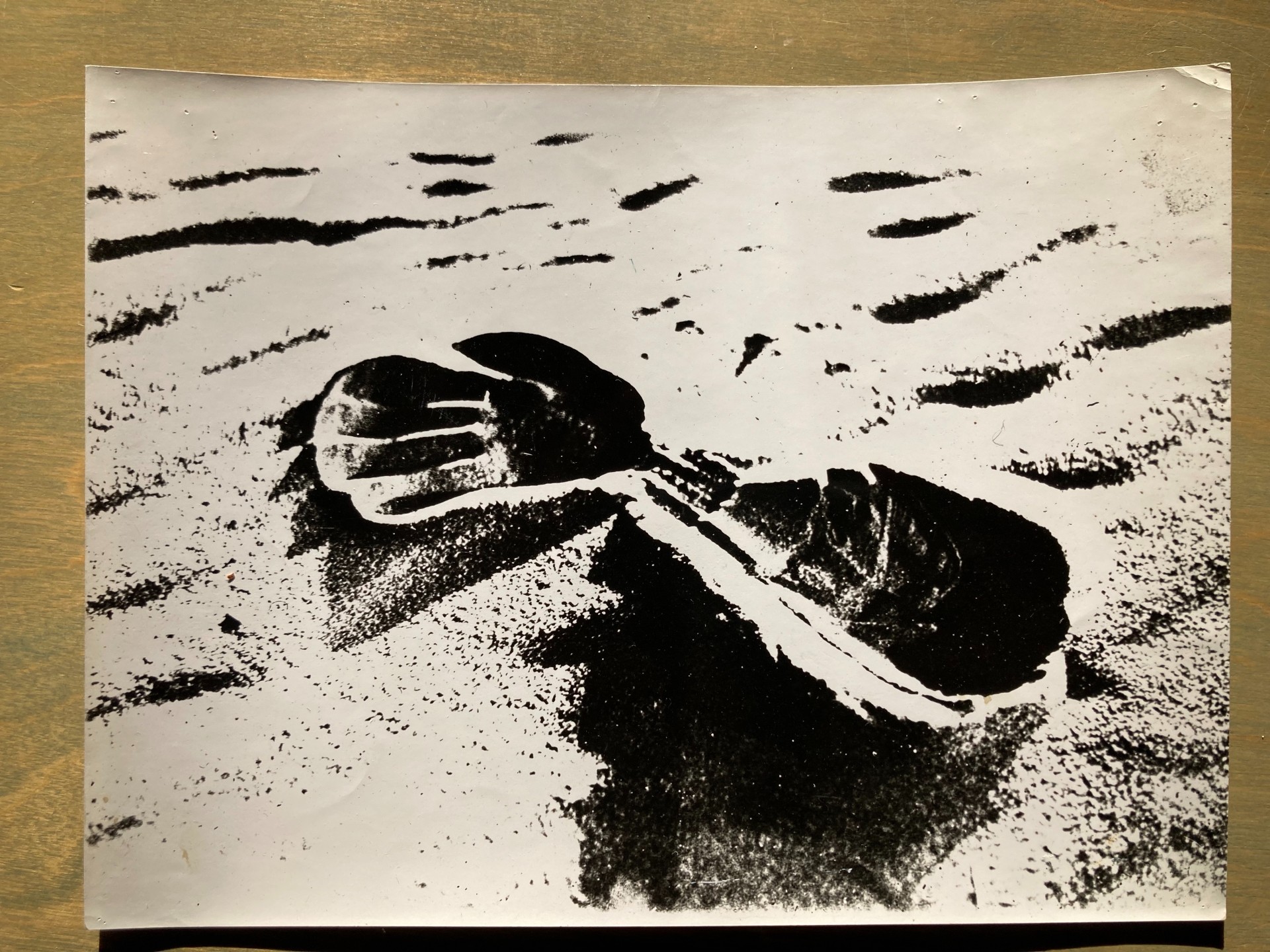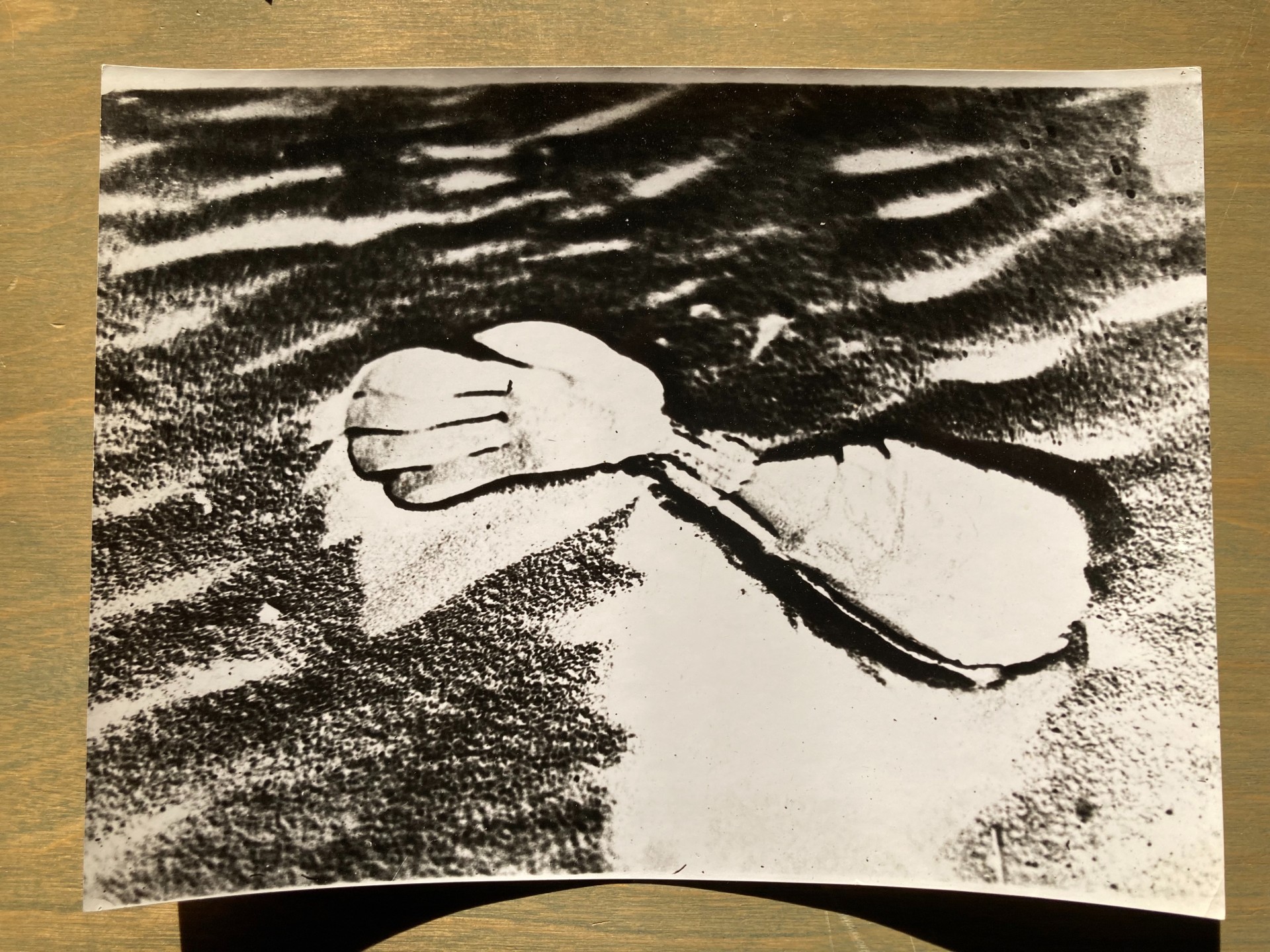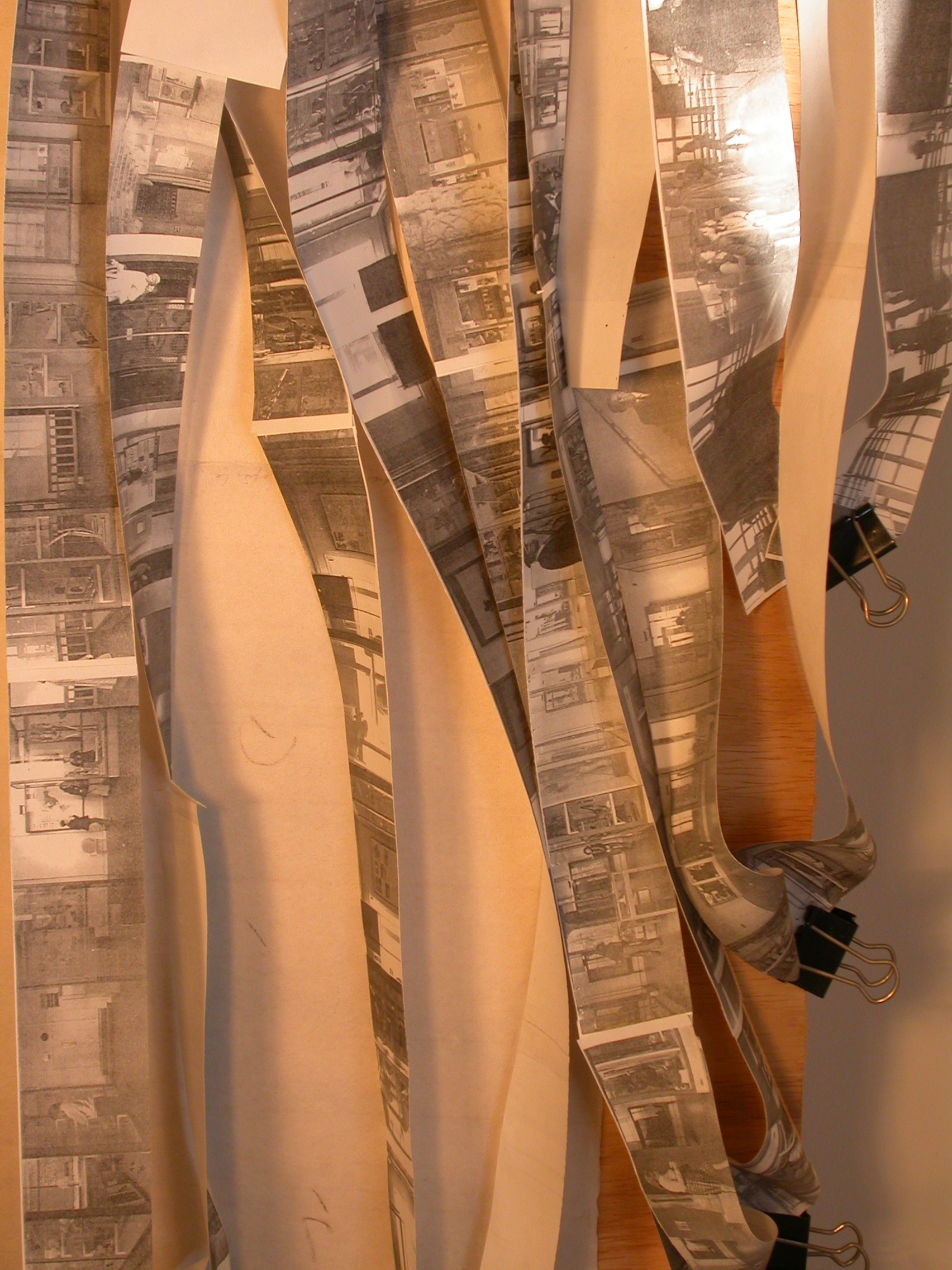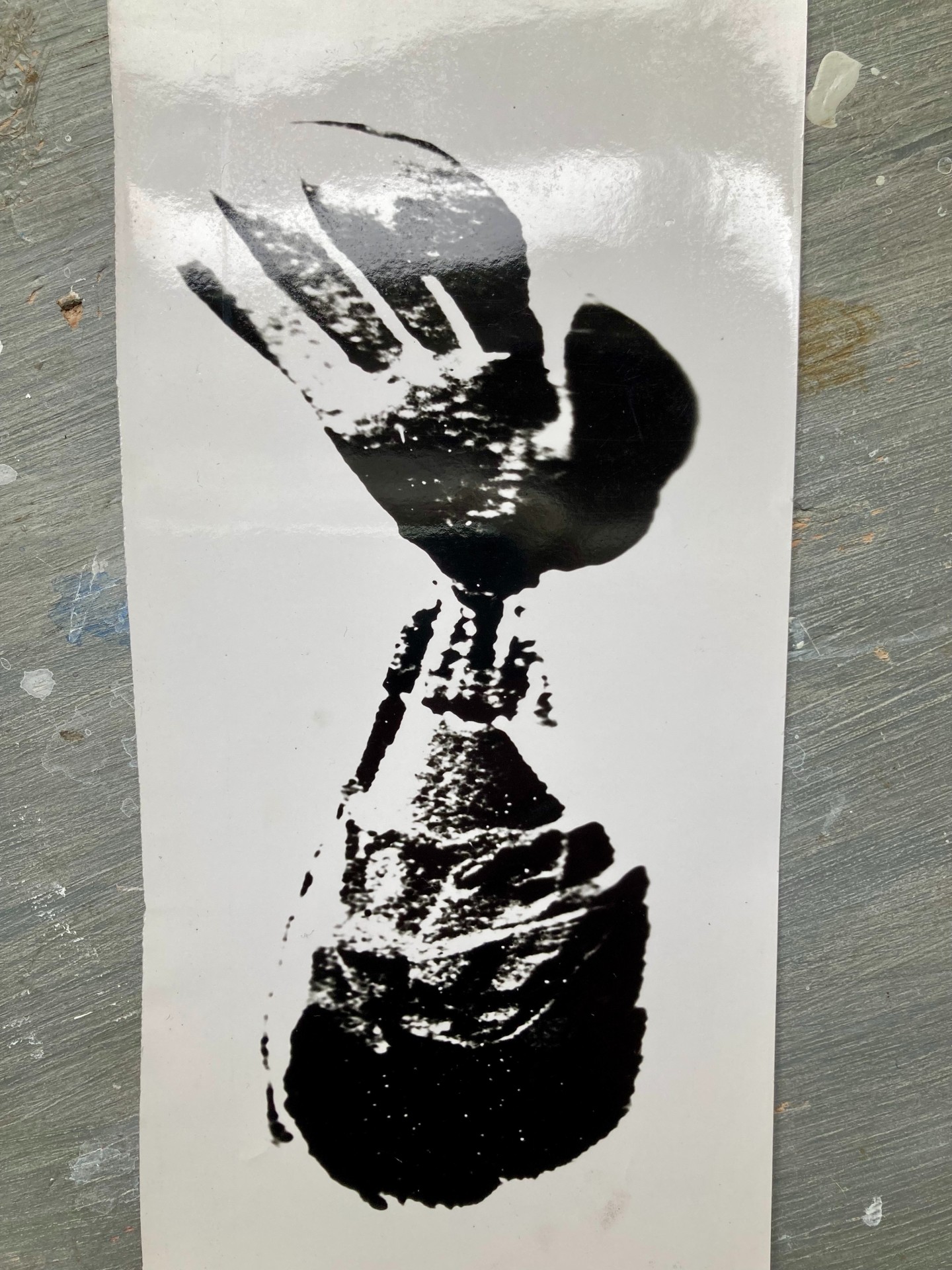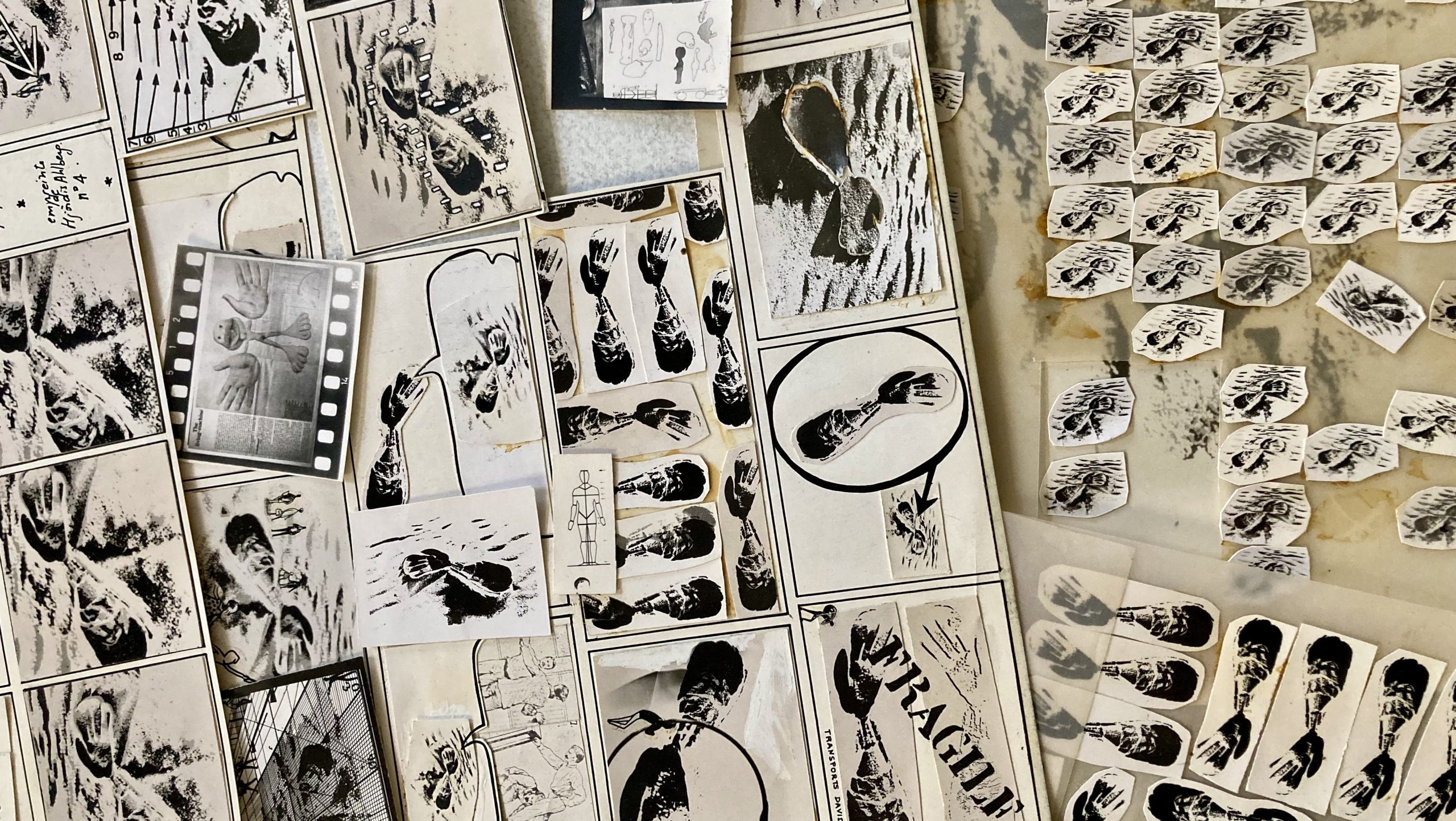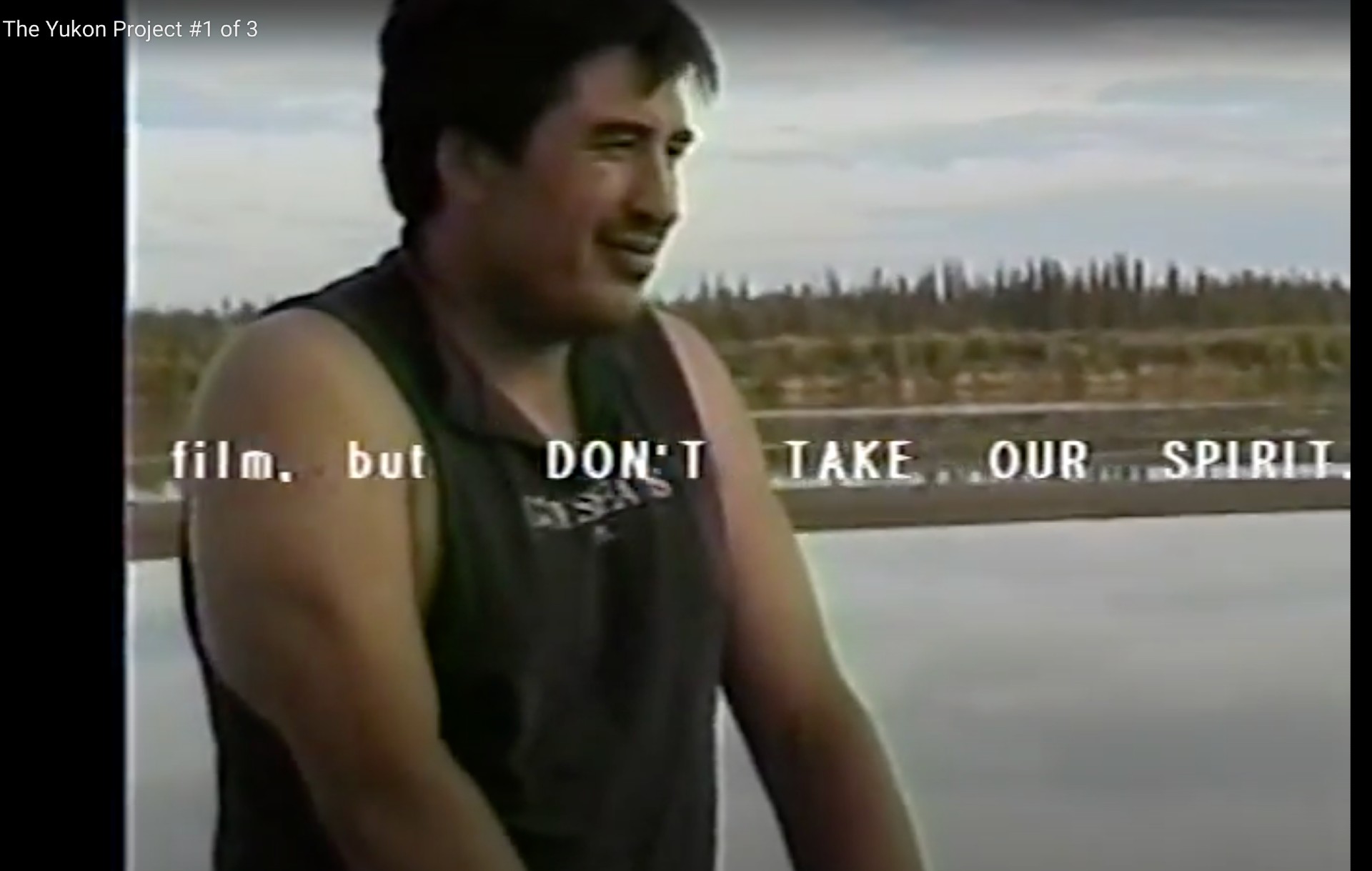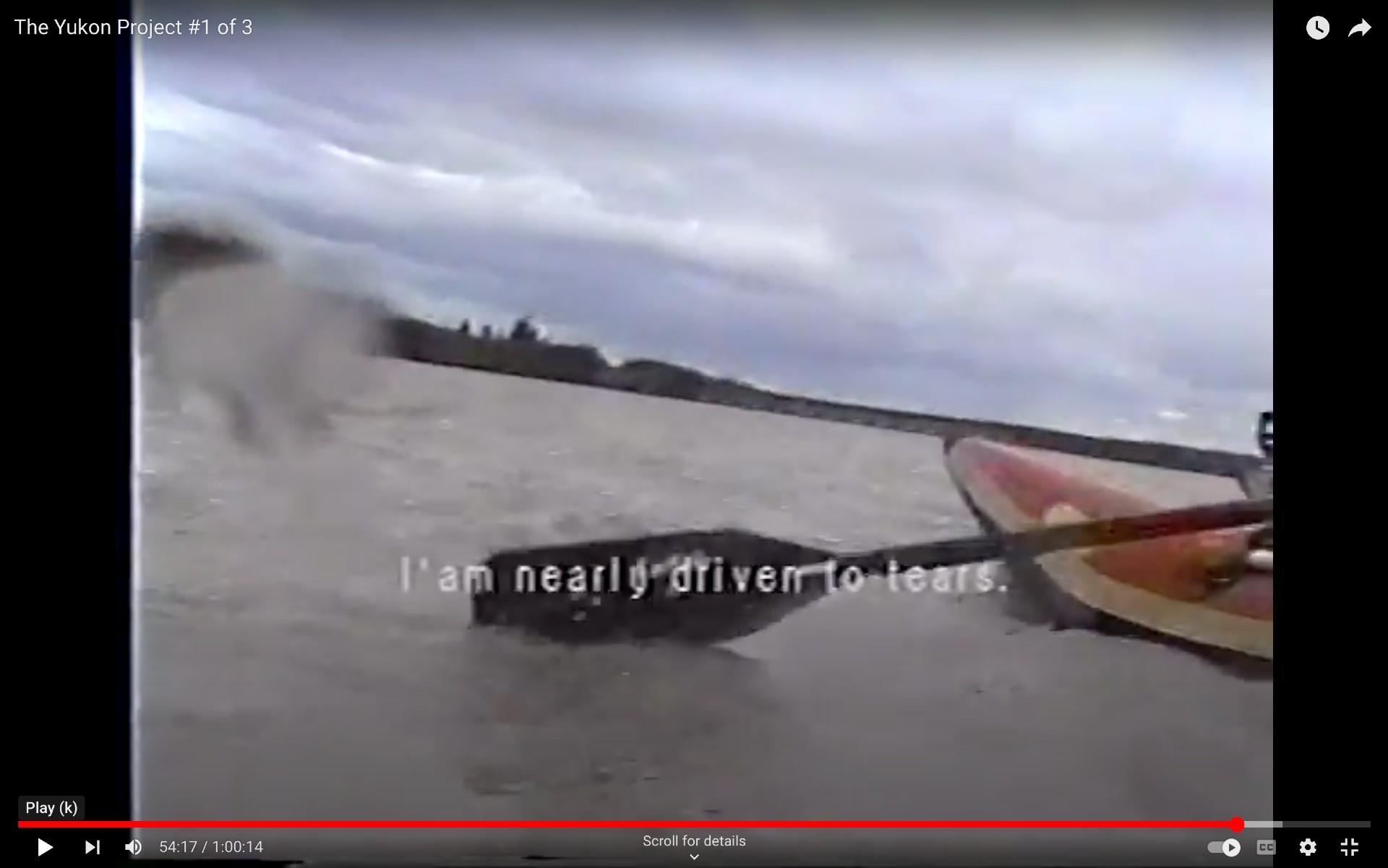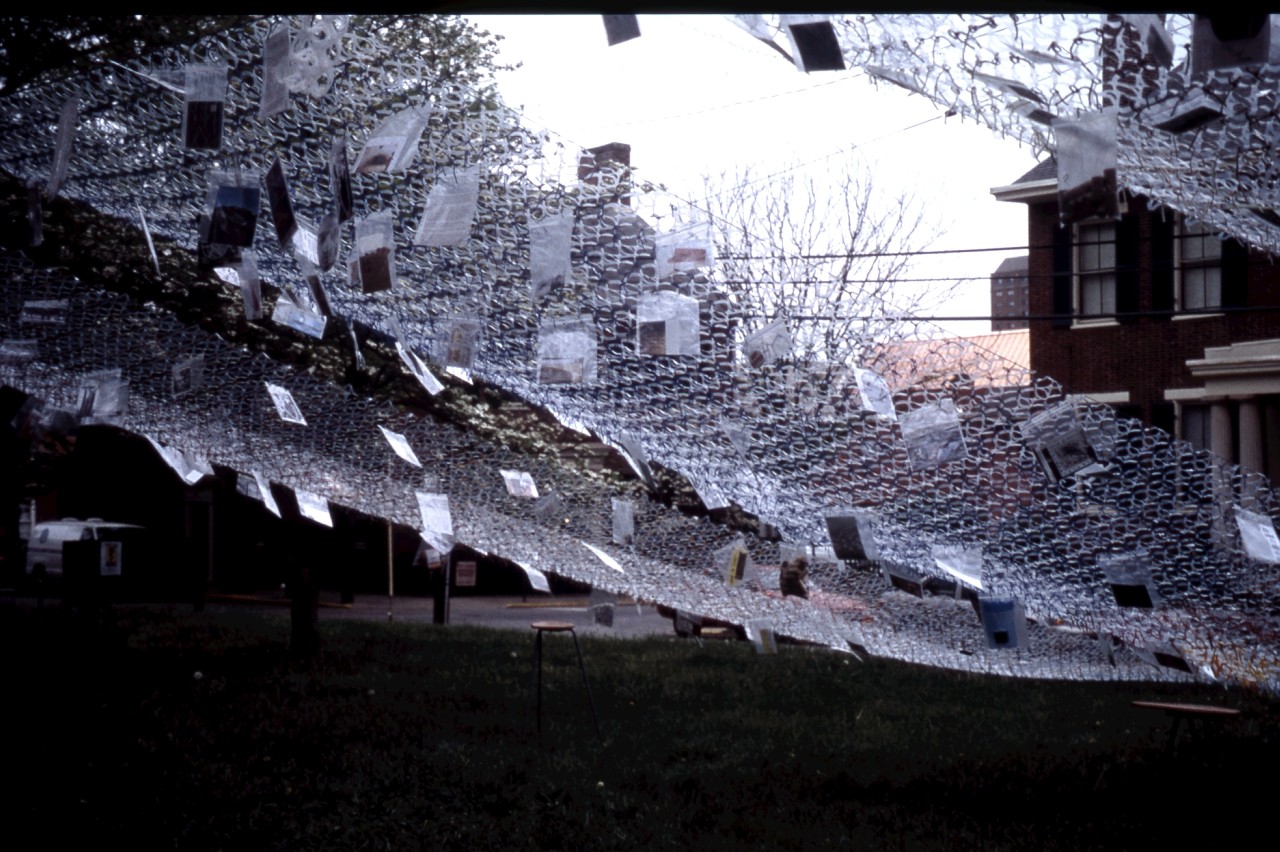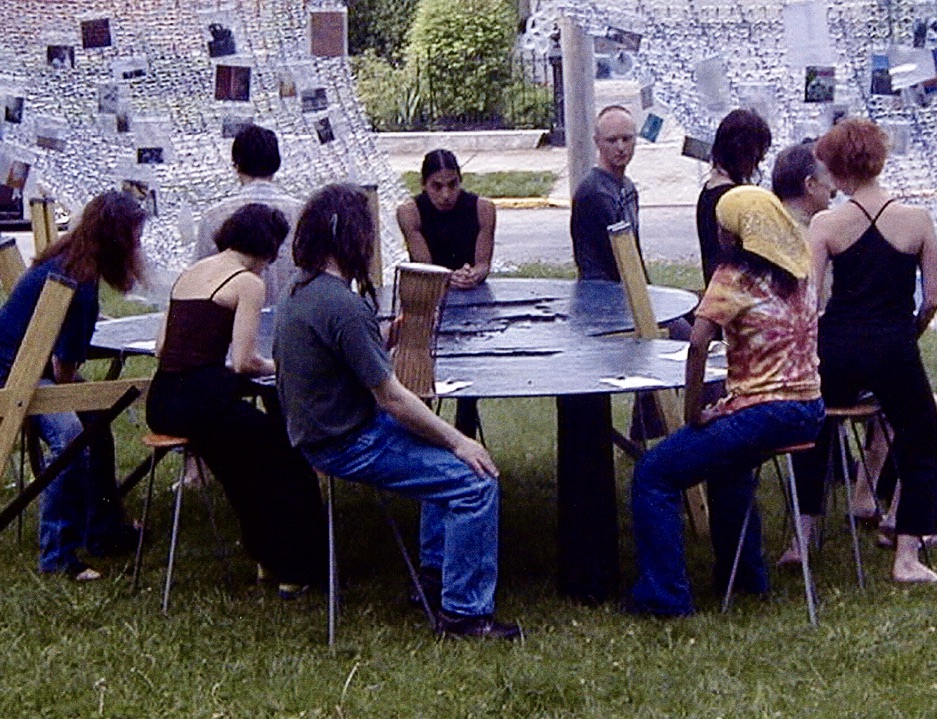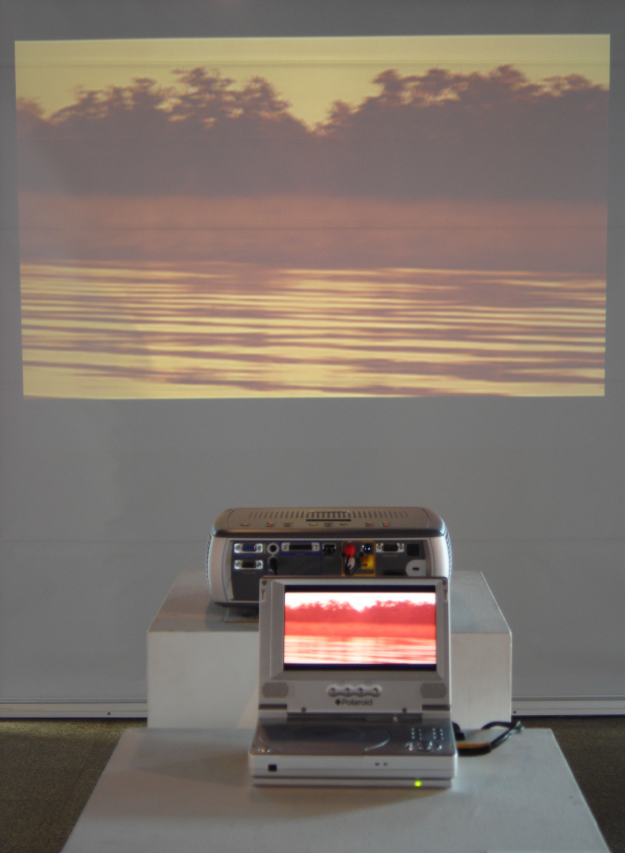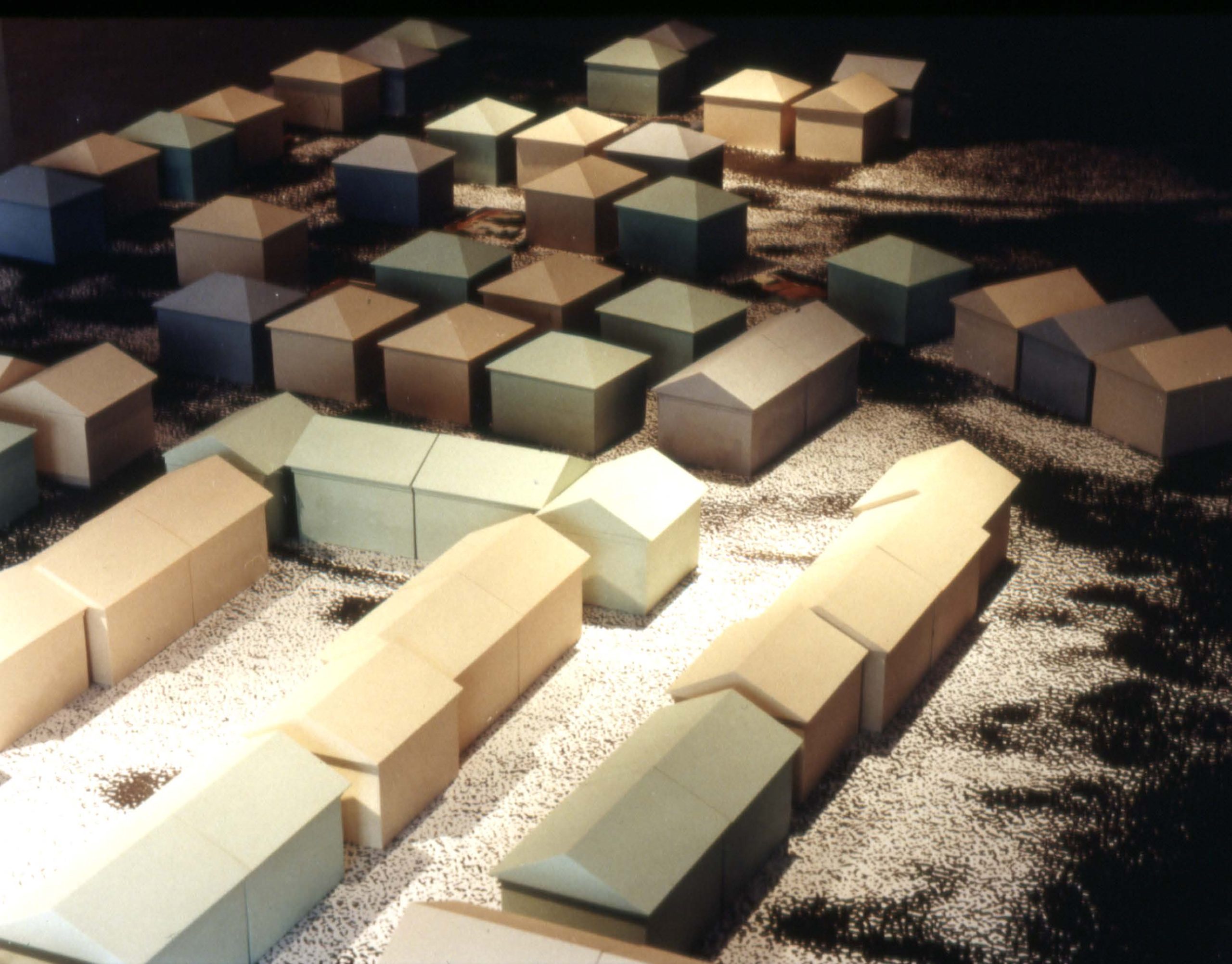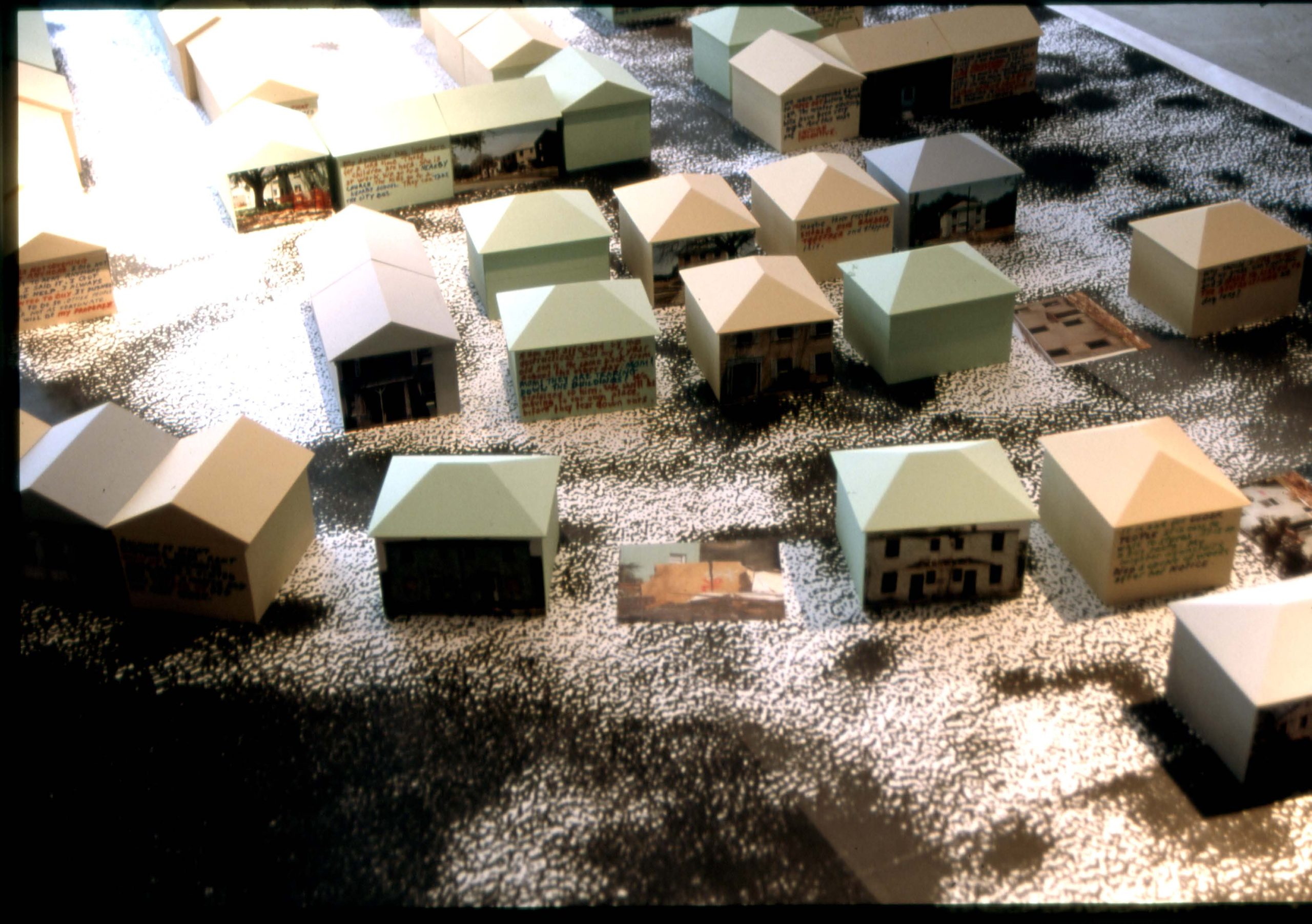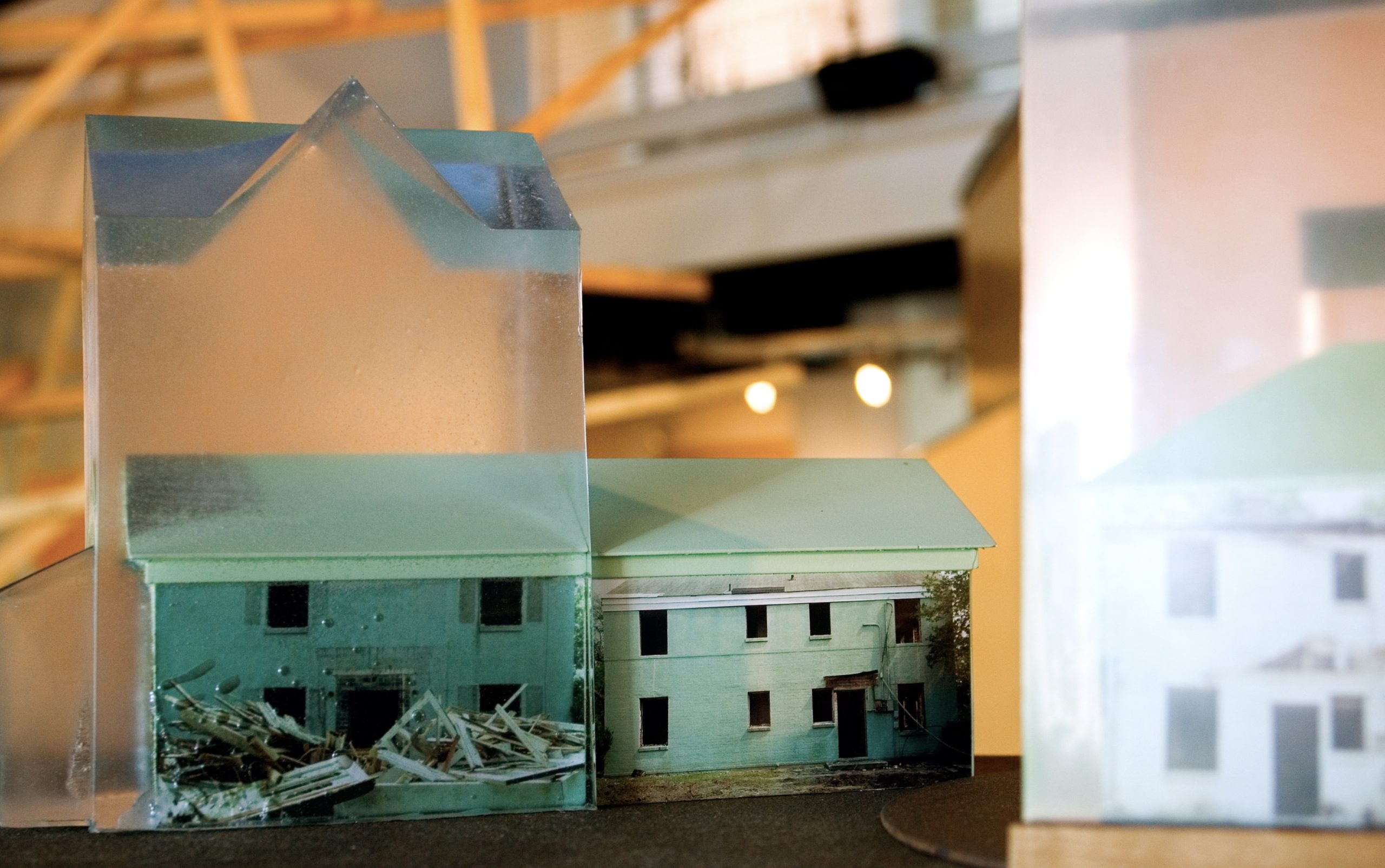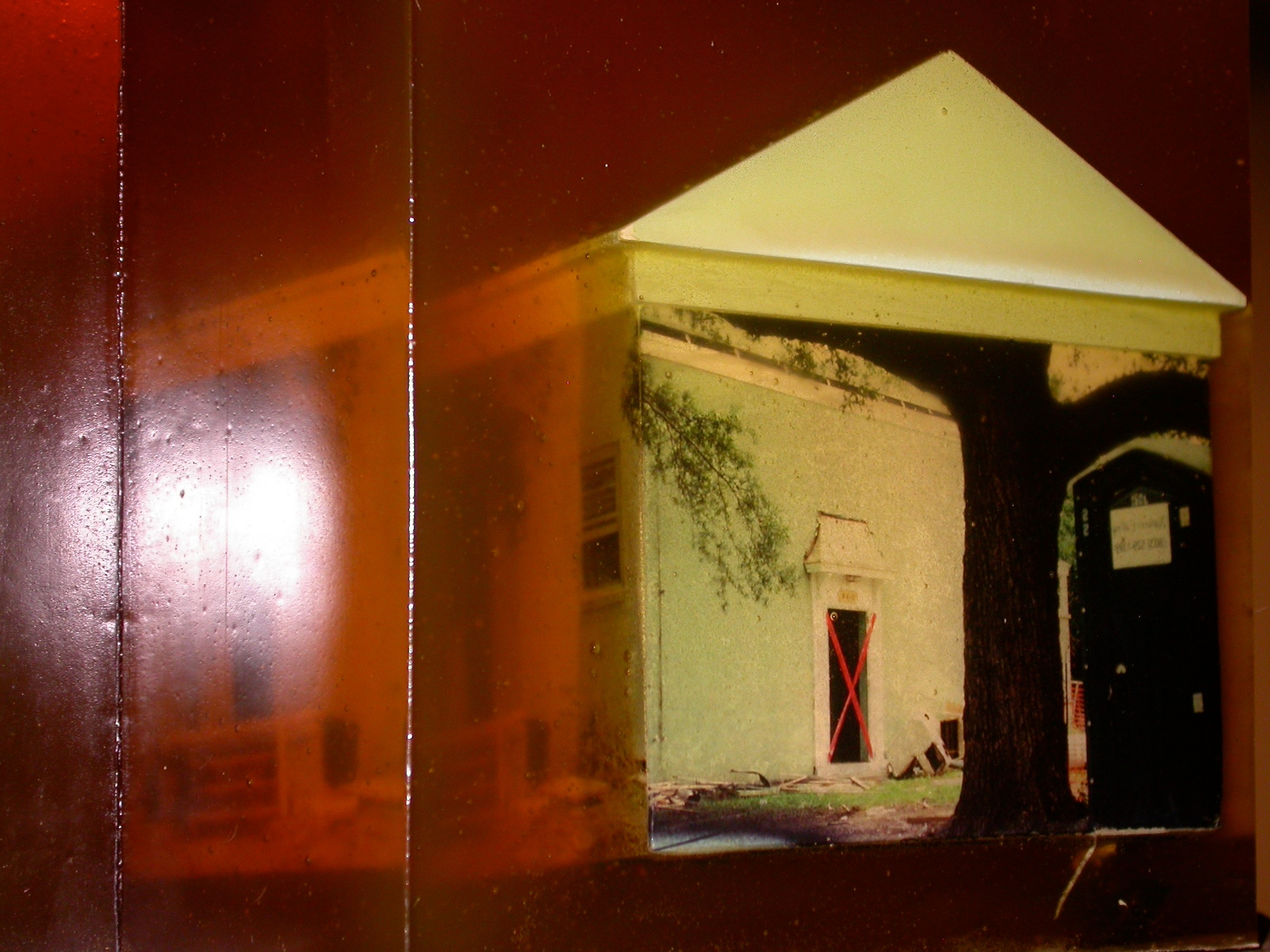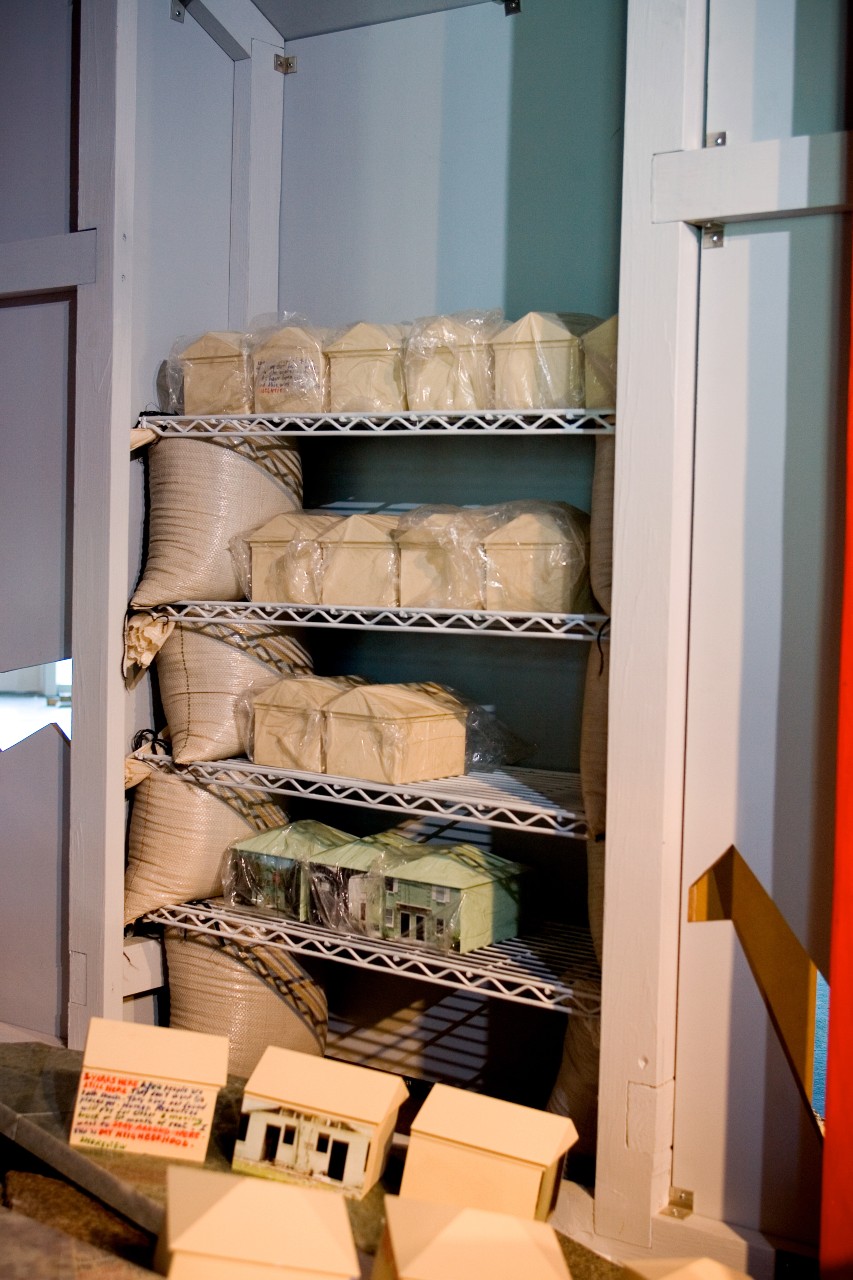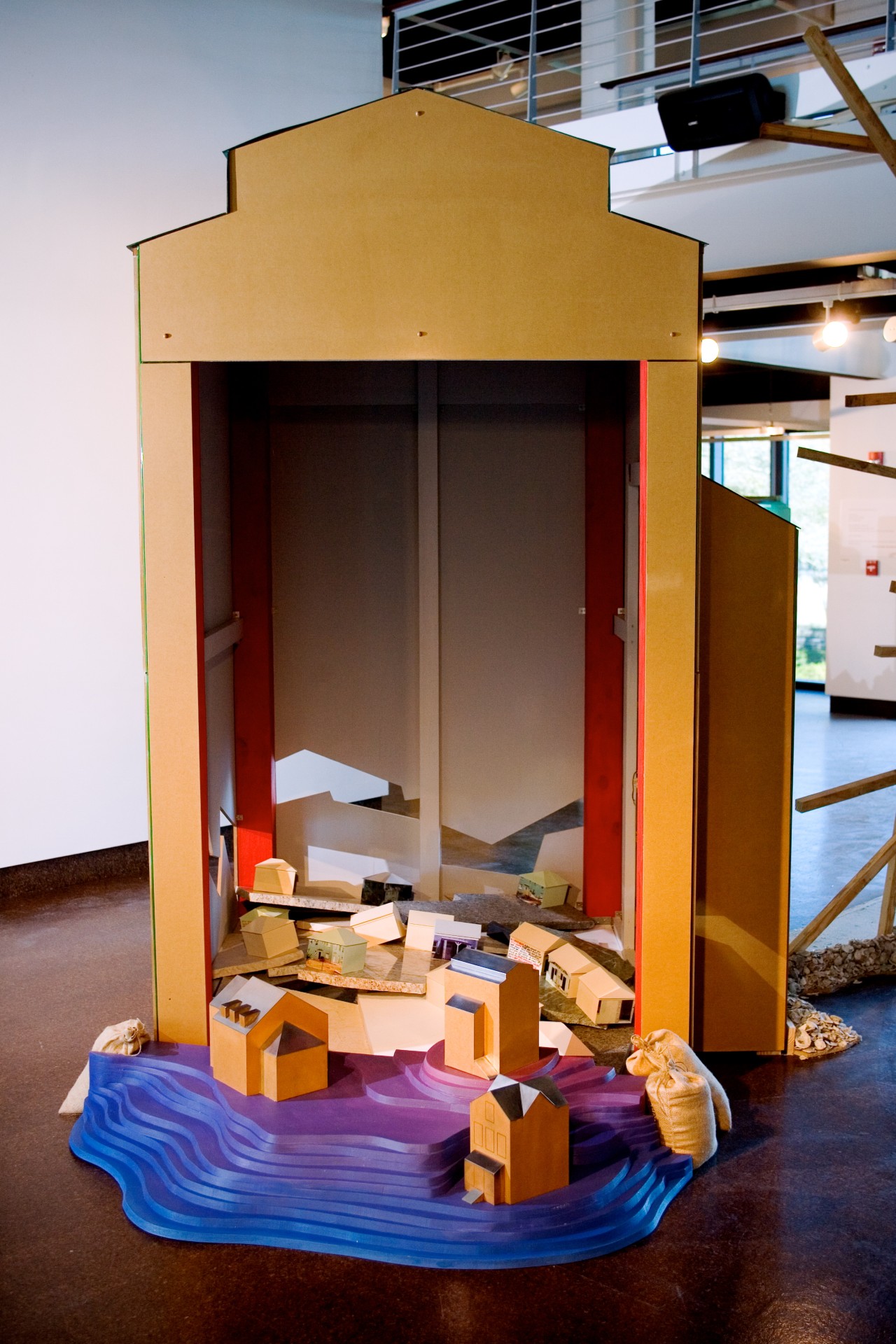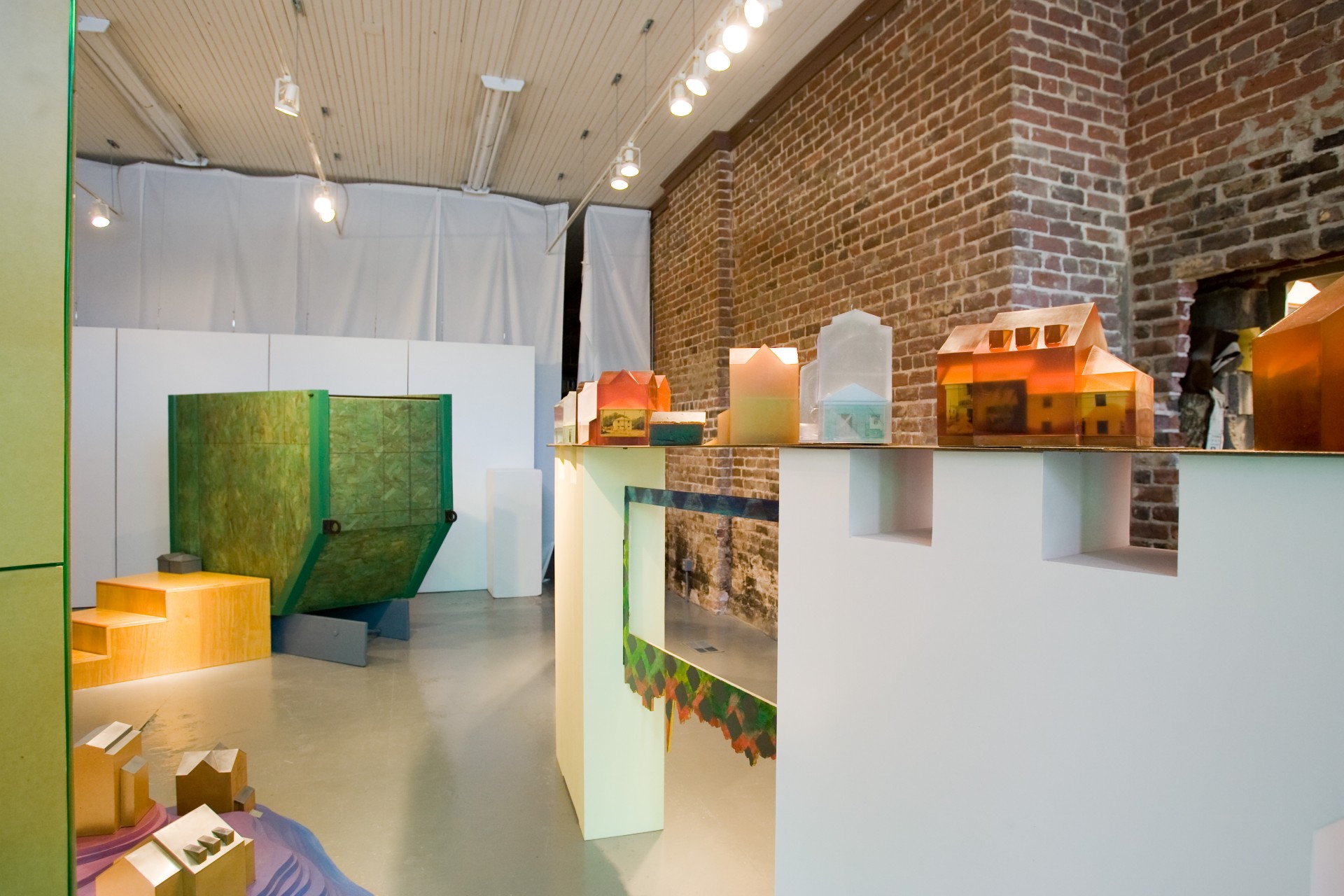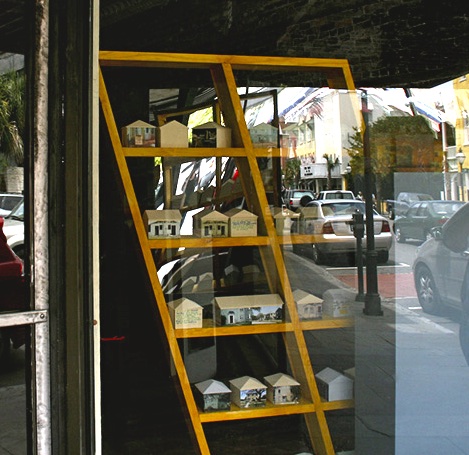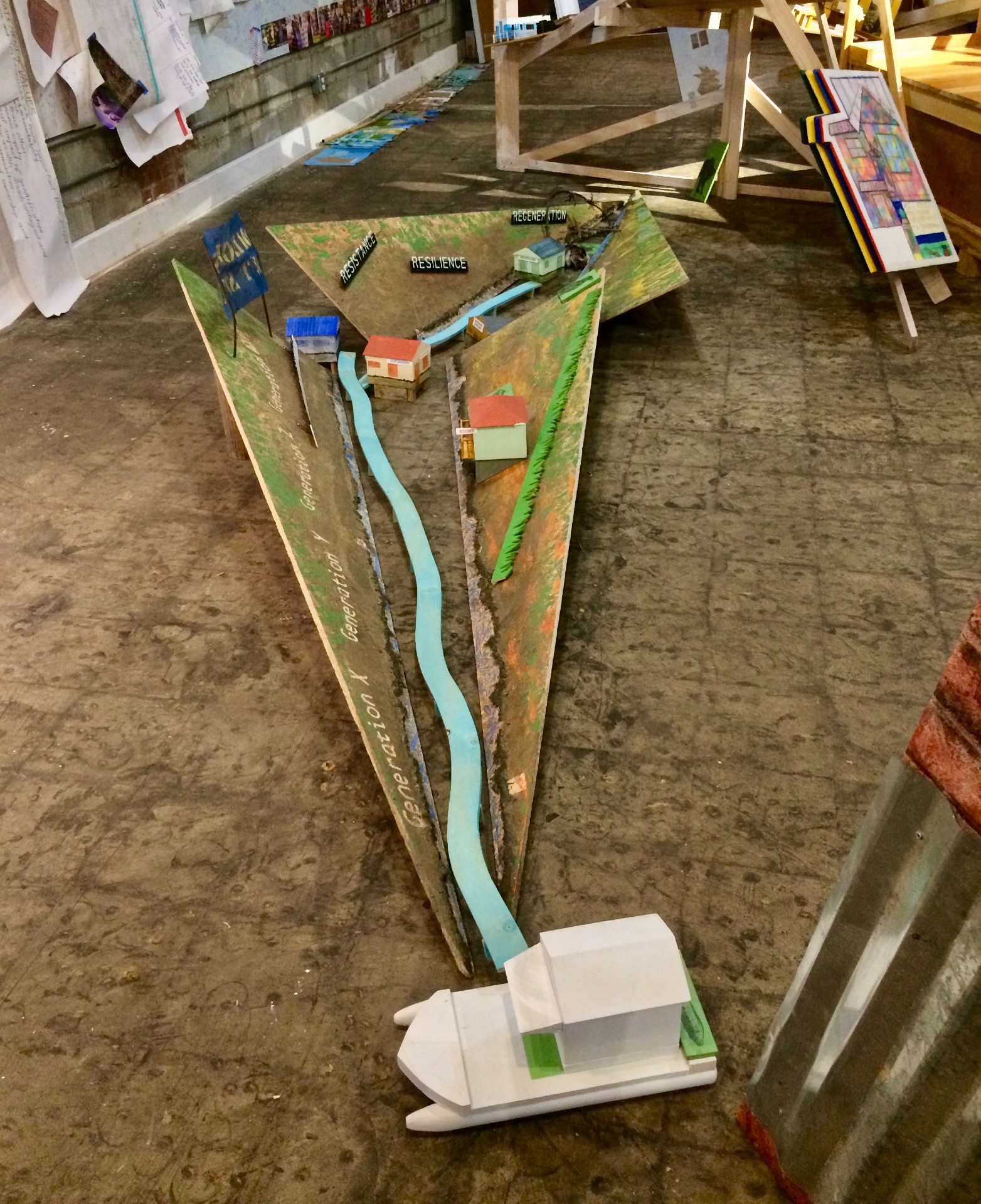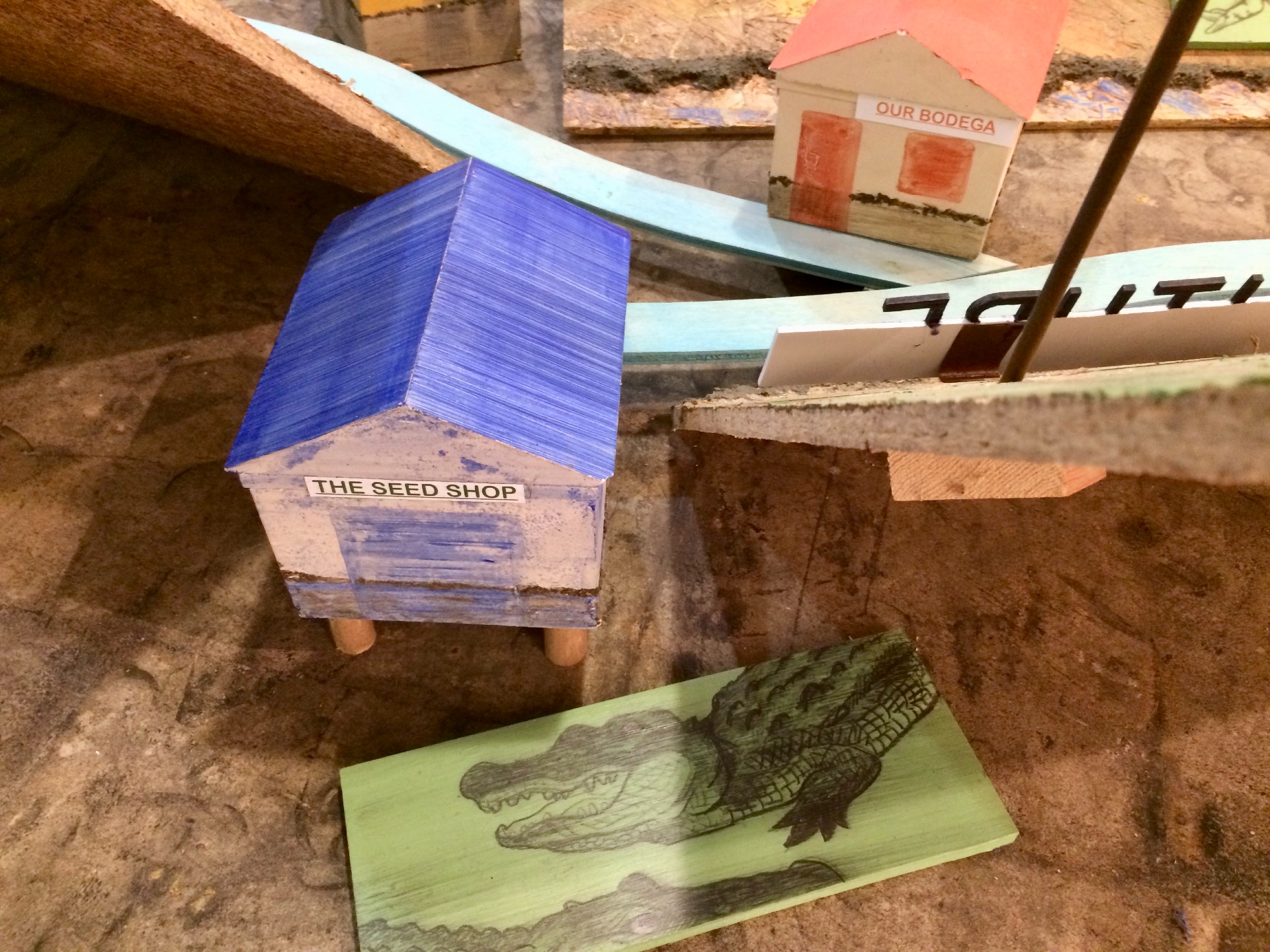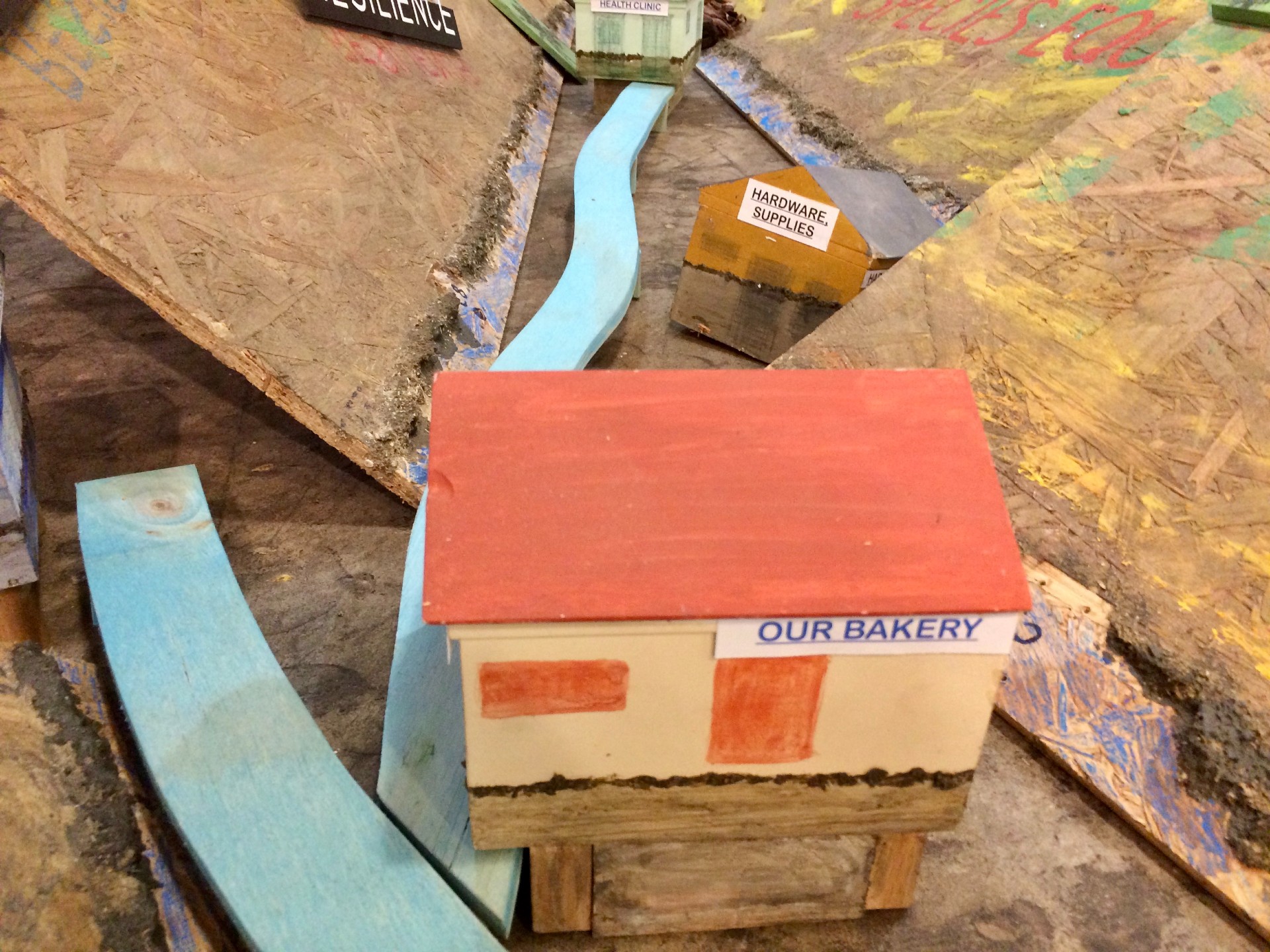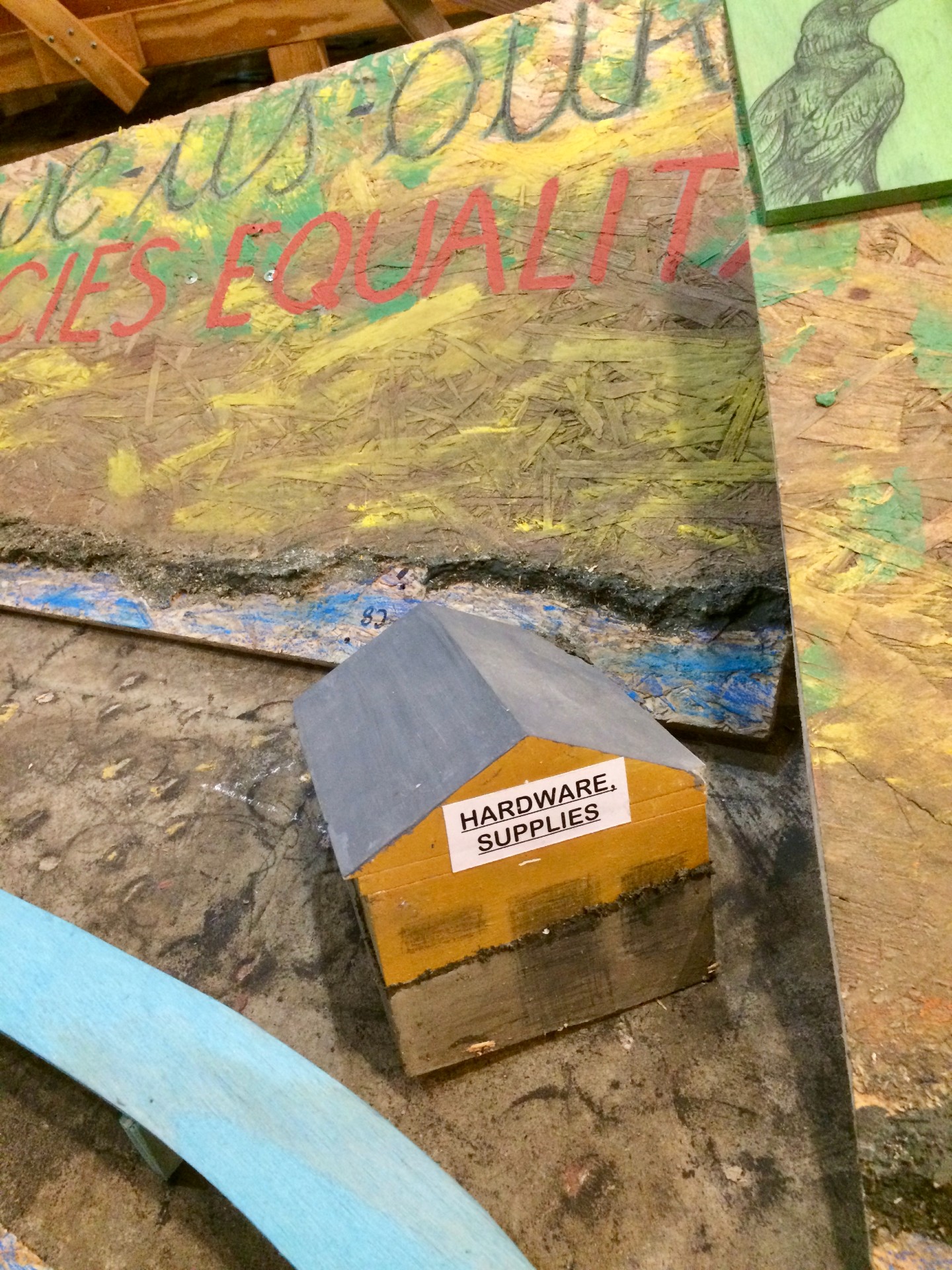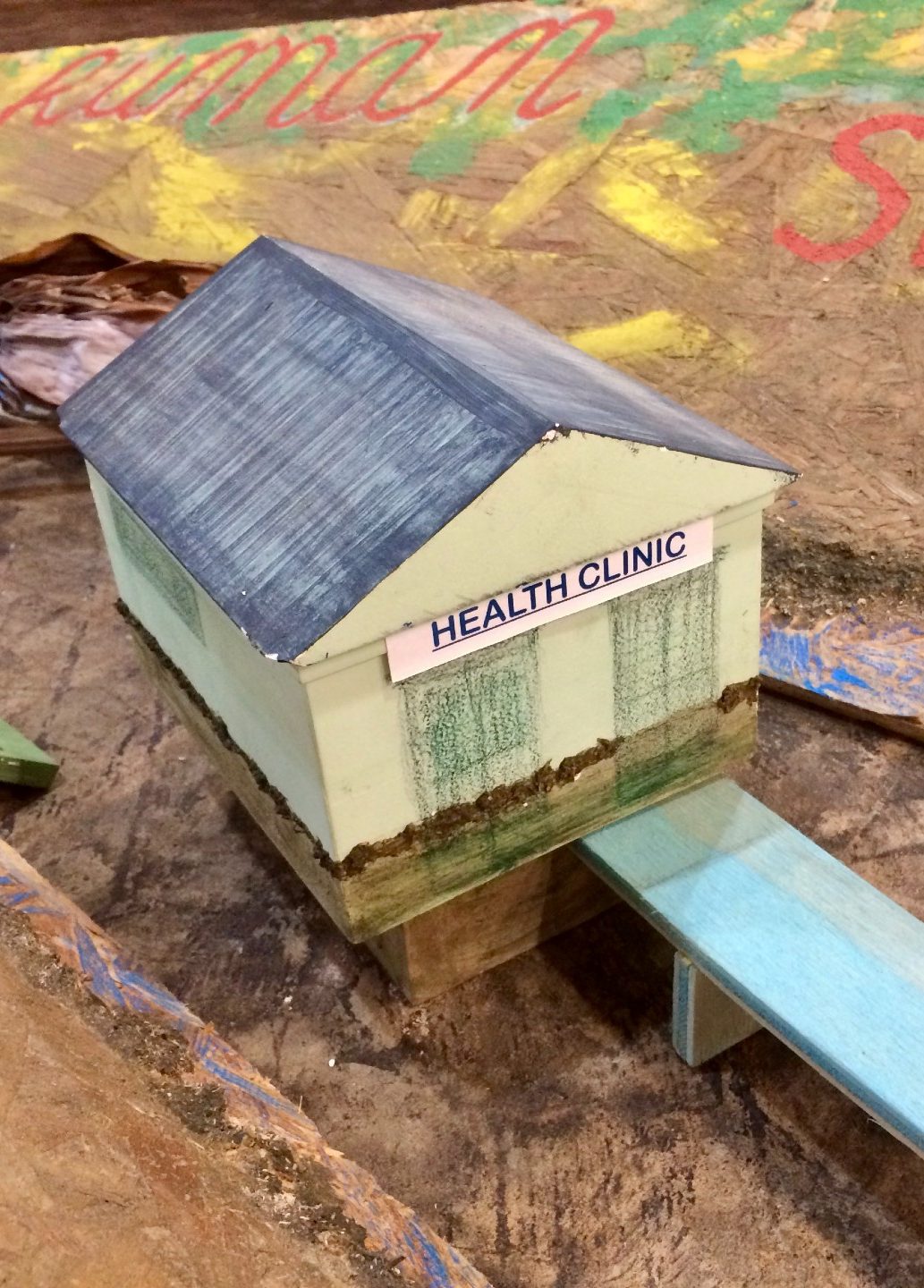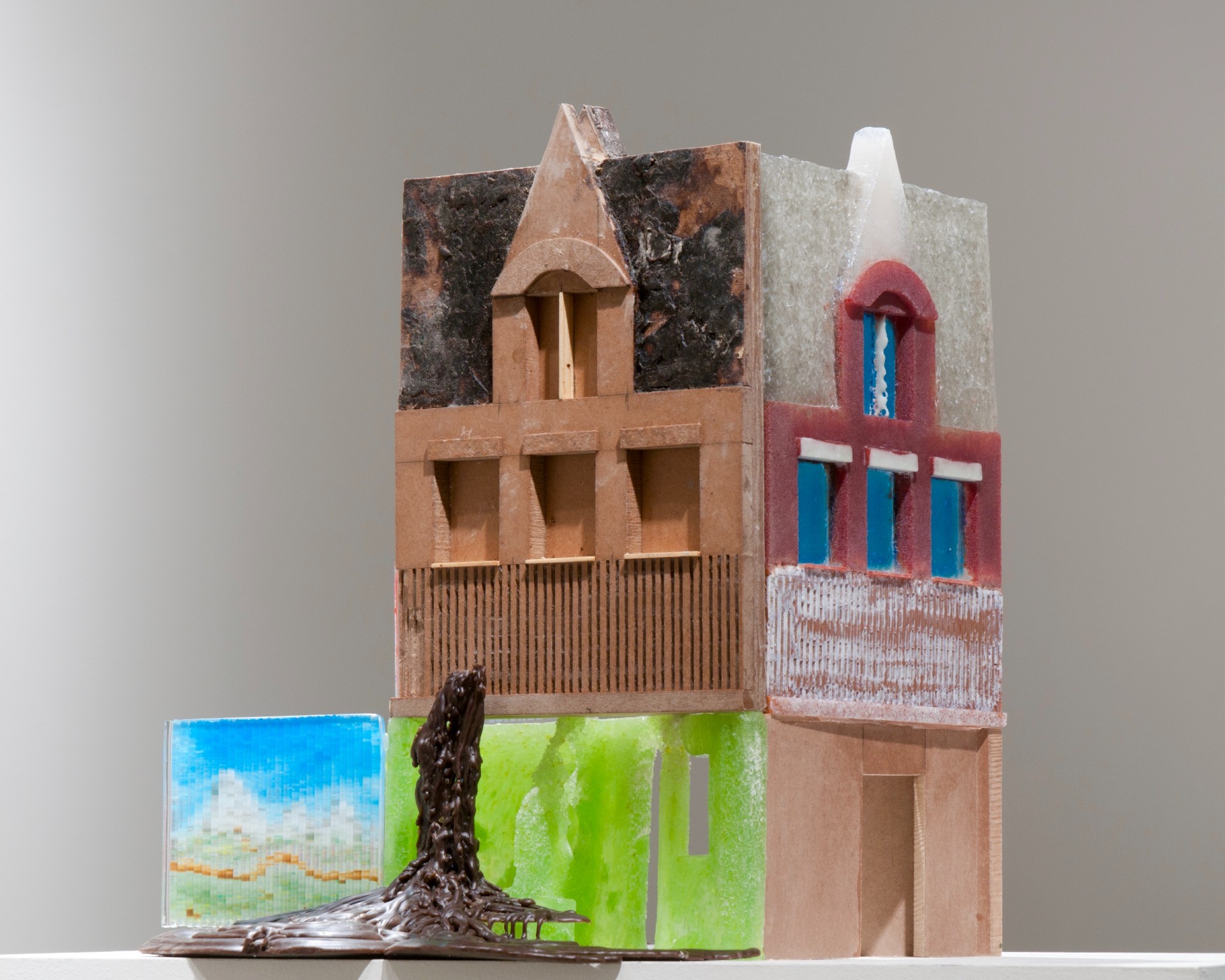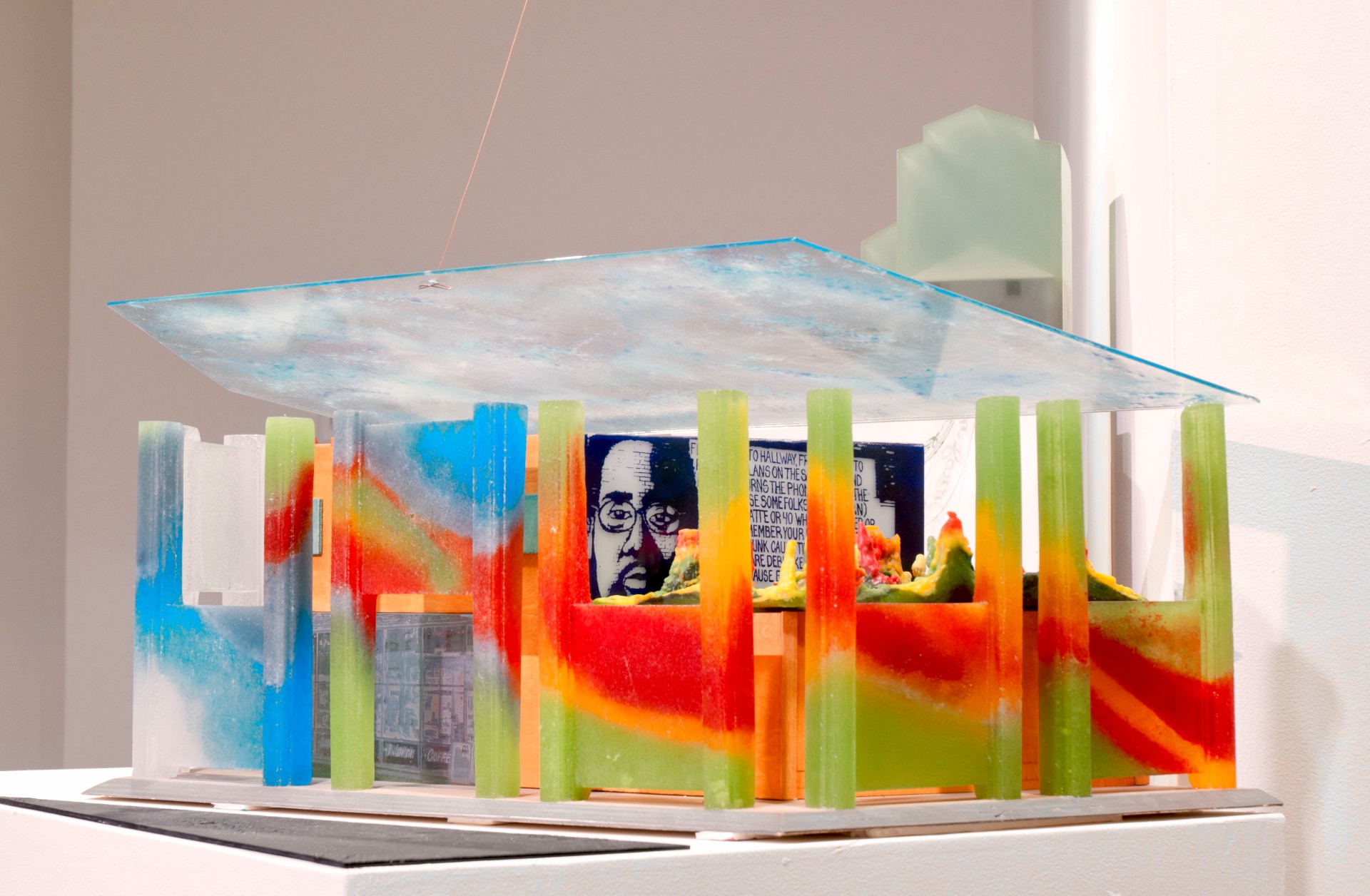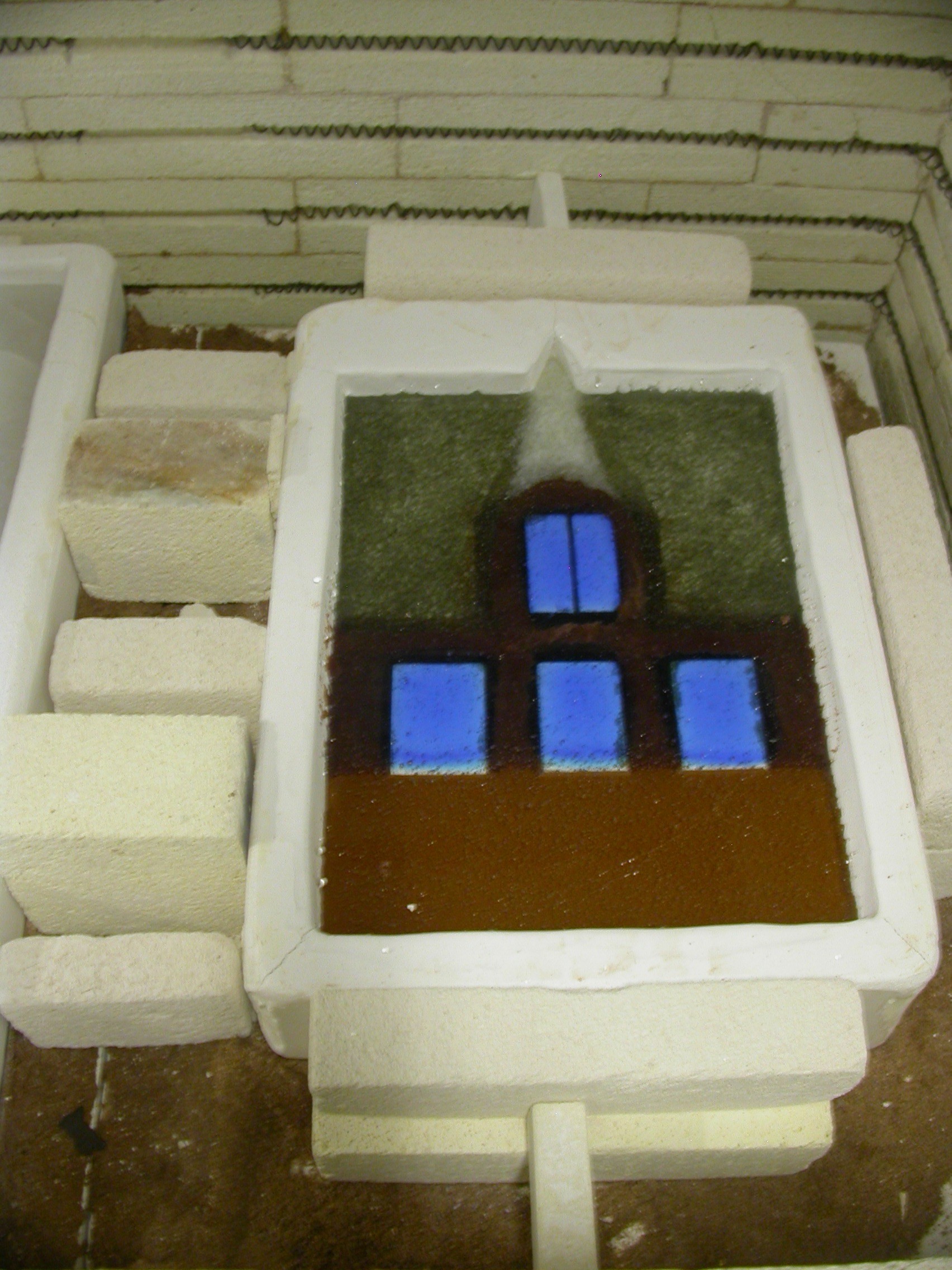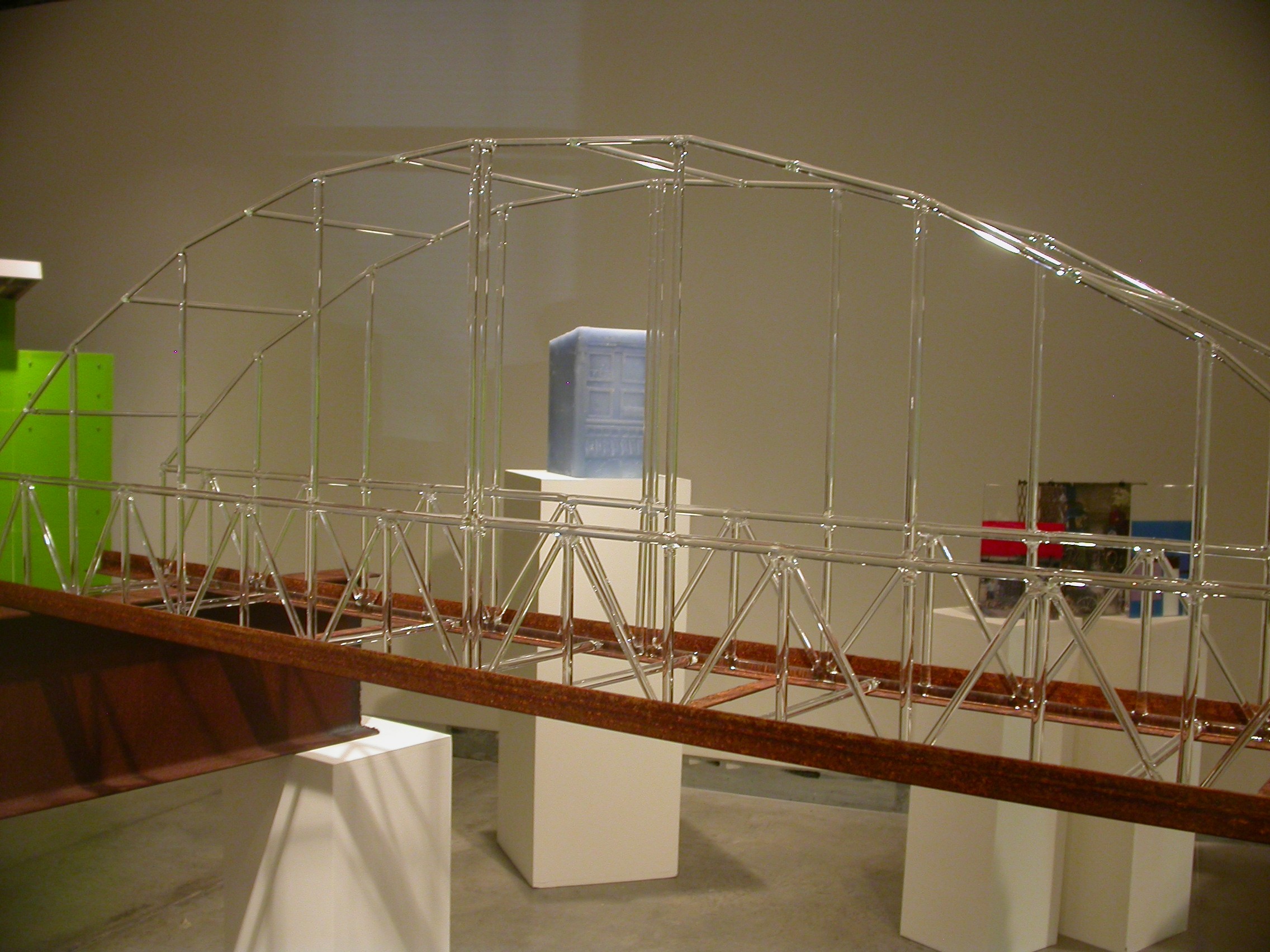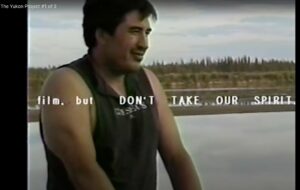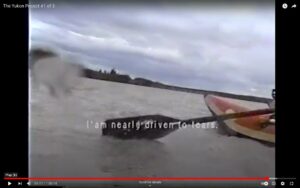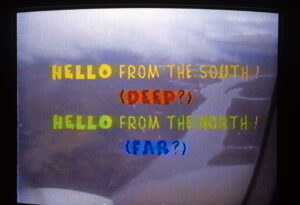Ensemble 12
Musee De L'Homme ... the future is on the table #2 ... shoreview ... why do they want to be rich without us?
hand in sand? ... archiving? ... amplifying voices?
1971-2021
Each drawing: 60"x40"
Tableau: 80"x170"x2"
A weekend in Normandy – a beach – hands in sand with Hjördis, Kit, Olivier and Gwylene. A game with a purpose, performances, imprints in sand, beamed on by car lights, then photographed, manipulated in a darkroom to visually tell the transformation of traces in nature into icons. Themselves readied for translation into cartoon or hieroglyphic characters.
However we heard that the hand in sand of Ensemble 12 recalled other memories in words and pictures:
- Samuel Becket‘s EndGame. The play is about a blind, paralyzed man and his servant who awaits an unspecified “end” which seems to be the end of their relationship, death, and the end of the actual play itself. Three levels of “a journey.”
- Blaise Cendrars. He described his war experience in the book La Main coupée (The severed hand), and it is the subject of his poem Orion in Travel Notes: “It is my star / It is in the shape of a hand / It is my hand gone up to the sky . . .”
- Sophie Divry “Five Mains Coupées” (“Five Severed Hands). About the Gilets Jaunes in France, those whose hands were blown off. See article in Mediapart by Pierre Benetti.
- World War I “… One of the deadliest conflicts in history, an estimated 9 millions were killed in combat, – MY GRANDFATHER IS ONE OF THEM – while over 5 million civilians died from occupation, bombardment, hunger or disease.[] The genocides perpetrated by the Ottomans and the 1918 Spanish flu pandemic spread by the movement of combatants during the war caused many millions of additional deaths worldwide…”
Musée de l’Homme/Museum of Mankind: Created in 1937 by Paul Rivet, its original purpose “…was to gather in one place all that can define humanity: its evolution, its unity and its variety, and its cultural and social expression.” However in the 70’s, to transform it from an ethnography museum to an anthropology museum was challenging its research base. Its mission became to show “…the human presence on earth in its prehistoric dimensions, the biological, ecological, the cultural, sociological and the latest perceptions through science and technology today.”
DIPLOME: In 1971, Hjördis Ahlberg and I were preparing our MFA visual thesis at the Ecole Nationale Supérieure des Arts Décoratifs (ENSAD) in Paris, France. Our goal was to visually boost the “new” Museum. Since fall 1968, the school had encouraged its evening students to work collaboratively. Five of us simultaneously explored teamwork for a couple of years. However in 1971 two were one year short and one had been called for his military service, which was still compulsory for men in France. Only Hjördis and I were eligible or available to proceed to the final exhibition-exam.
We decided to develop our thesis together. This was supported by our main teacher as long as we could identify who did what. During the jury review of our exposé we refused to present separately. We forcibly underlined all the repetitions or lies we would have to make in being addressed separately. It took at least three hours but finally we succeeded in our MFA presentation Cum Laude. We had been consciously fighting inherited individualism.
Our visuals documented and archived a promenade around the massive museum vitrines. They also created two collections of images reacting to the new museology. They showed ways of perceiving mankind from birth to death. Hjördis and I silkscreened and roneotyped a 50 page catalogue. Stencil duplication was a low-cost printing method which worked by forcing ink through waxed-paper stencils on to target paper. Credits went to/listed all 50 or so artists/influencers/helpers who contributed to this work. Remember! We were fighting the lies of inherited individualism.
Oyster Shells: Concerning Ensemble 12, particularly its large transfers of black & white images on canvas, the artistic dilemma was somewhere between a fabric backdrop/curtain for a performance and a more minimal fine art piece.
Adding the fringes and the oyster shells brought the Ensemble back to the strand, in Normandy … and to three months on the Yukon River with Louise Graff … or gorging on sea urchin on the Atlantic coast of Congo Brazzaville …
Aren’t Oyster shells said to represent protection, abundance, and fertility?
Do you smell the sand, the mud, the river, the ocean? Memories of oyster roasts in Southern USA? Or is it pollution?
Charleston 2000: SHOREVIEW, or the recurring necessity to acknowledge untold history.
A housing complex is being demolished. 400 people are displaced.
“Public sites of memory in the Deep South are still shaped by the racialized coercion of bodies in space…” writes Neill Bogan for “Evoking History. Listening Across Cultures and Communities.”, a Spoleto Festival USA program curated by Tumelo Mosaka and Mary-Jane Jacob.
Neill leads a team of local artists to brainstorm about Memorials in the South, to generate public awareness and artworks. Jean-Marie’s Whose water? approaches and films the city from another direction, from the water.
With the help of my friend Olivier Rollin, I produce Shoreview: 60 plaster cast houses with pictures and written comments on their demolitions gathered from their last inhabitants.” Described by Neill as “a monumental remembrance of a destroyed low-income housing complex doomed by its million-dollar marshward viewshed”, the neighborhood at the same moment was referred to as “Redevelopment of an Obsolete Subsidized Housing Community into a High-End Residential Neighborhood”, renamed Longborough after a previous family-owner and marketed as an “exciting community that represents a true return to the spirit of the neighborhoods and boroughs that make up the Peninsula.” This is shoking and rewriting some history.
Have you revisted Charleston lately?
Art objects as memorials are dead on arrival.
They enter history/art-history at best as a reference, at worst as a nuisance to social justice. How can this be accepted for a memorial we took responsibility for?
The 60 small plaster houses representing Shoreview needed to be enshrined in the polyurethane cast models of the new structures (below). Then, maybe the memory of the past would be embedded in the new million $ mansions as necessary ghosts.
This may show the process of demolition and construction in such a way that it becomes a damning proof of gentrification itself, therefore potentially generating more thoughts and debates than just “SHOREVIEW at the end of my street.”
Many of the Shoreview/Longborough houses have been sold.
As art pieces, could they have been successful commercially as gentrification itself? Why?
Jean-Marie designed an installation that we named after the following statement: “I still don’t get it: Why do they want to be rich without us?“. It was shown at the Charleston City Gallery, Space One 11 (Birmingham, AL), and at the homeless shelter downtown Atlanta (GA) during the US Social Forum.
Additionally some Shoreview/Longborough houses have been gifted/re-used/re-cycled, including some in the jungle of the 2020 conNECKtedTOO Community Lab.
Or shown as part of the WALK GALLERY, temporarily repurposing empty storefronts on King St (2009).
In 2015 after casting plaster and polyurethane, JEMAGWGA got an opportunity to be fully assisted by master glass crafts(wo)men at the Pittsburgh Glass Center, and celebrate “Ten More Years on Pen”, the anniversary of Pen Avenue and its buildings. Thank you so much to you, the team and collaborators of Pittsburgh Glass Center.
